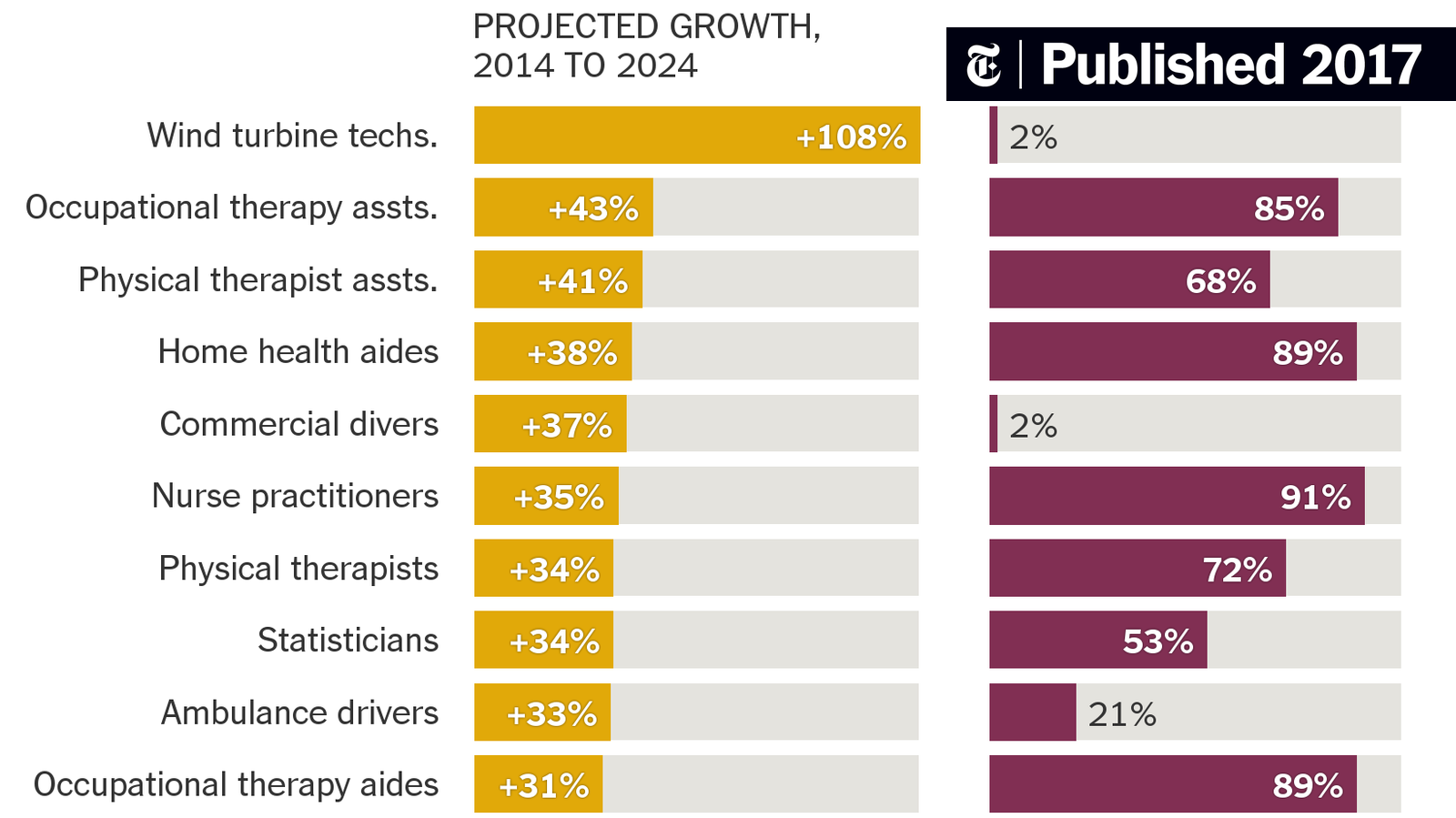The exploration of gender differences concerning warfare and aggression has perpetually piqued scholarly interest, engendering myriad hypotheses that seek to illuminate this multifaceted issue. One such intriguing proposition is the “Warrior Hypothesis,” which posits a fundamental predisposition among men toward warfare, contrasting this with the supposedly more pacific nature of women. This discourse not only engages sociological and anthropological dimensions but equally enriches spiritual understandings within the Bahá’í framework. In dissecting this hypothesis, we can draw upon teachings that champion unity, peace, and the inherent worth of all human beings, irrespective of gender.
Understanding the dichotomy between male and female propensities toward violence or war requires a thorough examination of historical, biological, and psychosocial factors. Historically, societies have often categorized men as warriors and protectors, a stereotype passionately entrenched in various cultures. The reverberations of this stereotype can be traced back to ancient tribal societies where males took on the roles of hunters and defenders, ostensibly fostering a natural alignment with the martial ethos.
Biologically, certain evolutionary theories suggest that men may possess innate traits driving them toward aggression, particularly in competitive environments. The testosterone-driven physiology of males has been posited as a key determinant in enhancing aggression, making men more prone to engage in warlike conduct. However, to reduce the complexity of human behavior to mere biological determinism would be an oversimplification. The Bahá’í perspective emphasizes the role of spiritual and moral evolution over biological predestination, indicating that while natural tendencies may exist, it is through conscious choice and refinement of character that individuals can transcend primitive instincts.
From a psychological standpoint, societal conditioning plays a substantial role in shaping the beliefs and actions of individuals. The warrior archetype has been perpetuated through cultural narratives, reinforcing the notion that masculinity is synonymous with valor and strength. Simultaneously, women have often been assigned roles of nurturance and caretaking, which can lead to an underrepresentation in discussions about conflict. Yet, the Bahá’í teachings illuminate the need for balance, encouraging both men and women to embrace qualities that transcend traditional gender roles. The synthesis of the warrior and caregiver is pivotal in constructing a more harmonious society.
It is imperative to dissect these cultural narratives to unveil the underlying motivations for conflict. The aggression associated with the warrior hypothesis often emerges from a plethora of sources, including economic competition, social hierarchies, and the quest for power. The Bahá’í Faith promotes the idea that such divisive motivations can ultimately be dismantled through the application of spiritual principles, advocating for justice, consultation, and the promotion of universal peace. By fostering a deeper understanding of the factors driving men toward war, we can begin to formulate strategies that cultivate peace rather than conflict.
Further complicating the narrative is the emergence of women in modern conflict environments, who have not only taken on active roles in warfare but have also engaged in peacekeeping, mediation, and conflict resolution. The changing tides of gender roles signal a transformation in societal structures. The Bahá’í teachings affirm that both men and women possess the latent potential to be warriors, not only in the physical sense but also in the defense of justice, truth, and the welfare of humanity at large. In this light, the warrior becomes a metaphor for the fierce advocate for peace, equality, and the rights of all people.
Culturally, the Bahá’í perspective advocates for an emancipation from stereotypes that label masculinity with aggression and femininity with passivity. The teachings urge individuals to cultivate compassion, empathy, and constructive engagement as antidotes to the pervasive warrior mentality. Through education and revelation, individuals can reframe their identities, abandoning divisive labels and embracing the shared human experience that transcends gender. The true warrior in this context is characterized not by the ability to dominate but by the capacity to unite.
Moreover, the Warrior Hypothesis can offer insight into the broader implications of conflict resolution and societal cohesion. If we accept the premise that violence is not inherently tied to gender but rather to societal imbalances and the human experience, then we are equipped to enact change. The Bahá’í model encourages individuals to move beyond surface-level interpretations of gendered behavior and examine the collective responsibility for nurturing a culture of peace. By reevaluating the narratives surrounding masculinity, we open the doors for collaborative dialogues that honor both the warrior spirit and the nurturing essence found in all human beings.
In conclusion, while the Warrior Hypothesis raises pertinent questions surrounding gender and warfare, it ultimately serves as a precursor to richer discussions about human potential and peace. The Bahá’í teachings provide a framework that transcends such dichotomies, advocating for a synthesis of the warrior and the nurturer within every individual. This holistic approach paves the way for further exploration into the mutual responsibilities of men and women in fostering a more peaceful society. As we continue to navigate the complexities of human behavior and conflict, we can draw inspiration from the divine teachings, steering our collective course toward a future defined by unity, understanding, and mutual respect.
